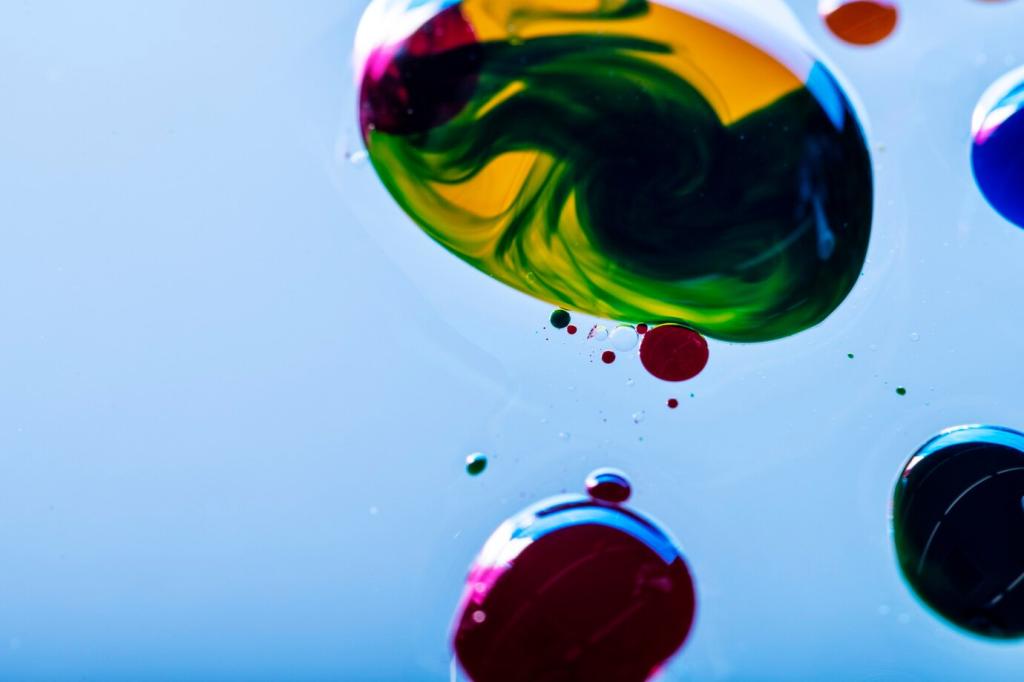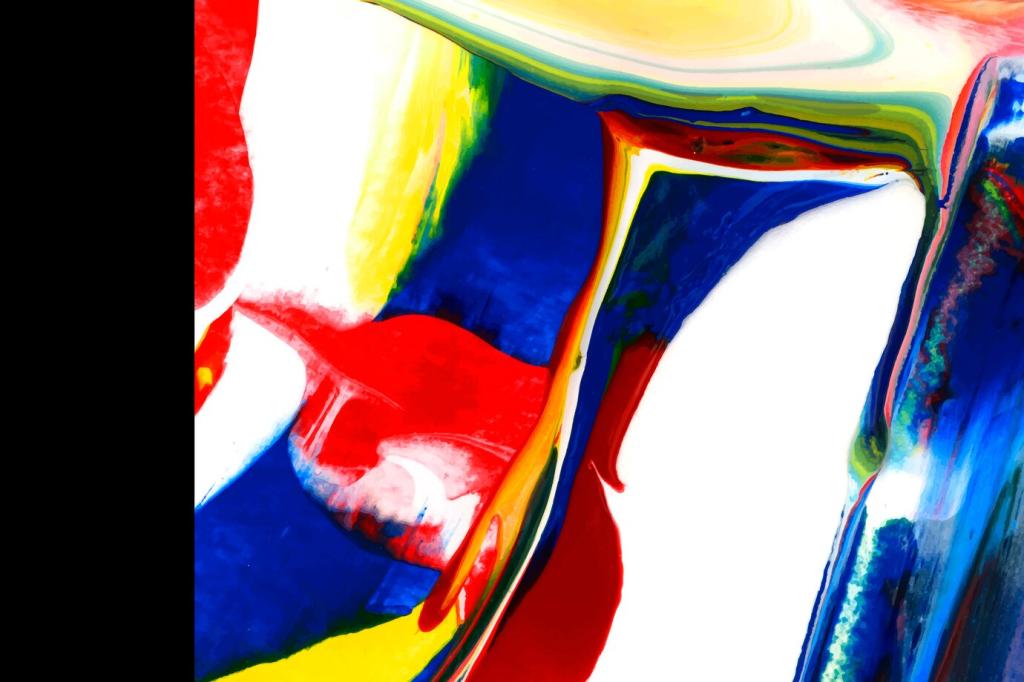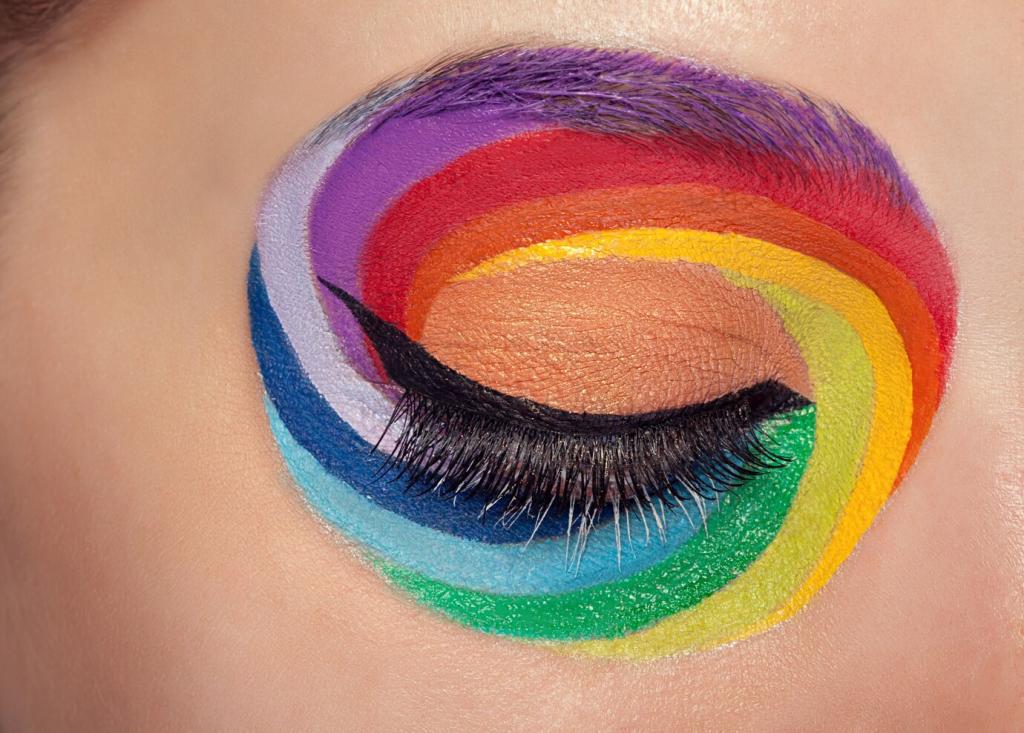How Colors Affect Mood in Home Spaces
The colors you surround yourself with each day play a significant role in shaping how you feel, both consciously and subconsciously. In home design, the selection of colors goes far beyond simple decoration—each hue can influence the atmosphere, energy levels, and even the mental and emotional wellbeing of everyone in the space. Understanding the psychological impact of different colors can empower you to create a living environment that supports and enhances your lifestyle.

The Psychology of Color in Home Design
Warm Colors: Energizing and Inviting
Warm colors such as reds, oranges, and yellows tend to evoke feelings of warmth, energy, and excitement. When used in living rooms or kitchens, these shades can stimulate conversation and appetite, creating a welcoming and lively atmosphere. Too much warmth, however, may become overwhelming or agitating, so it’s important to balance intense shades with neutrals or softer accents. Warm hues are ideal for spaces meant for socializing, as they draw people in and promote interaction.

Choosing Colors for Different Rooms
Living Rooms: Social and Welcoming Atmospheres
Living rooms are often the heart of the home, a place for gathering, entertaining, and unwinding. Colors selected for this space should encourage engagement, ease, and communication. Soft, warm tones such as terracotta or gentle gold can make the area feel inviting without being overpowering. If a sense of calm is more desirable, muted blues or greens offer serenity while still keeping the space comfortable for conversation and relaxation. The goal is to create a welcoming environment where everyone feels at ease.
Bedrooms: Encouraging Relaxation and Rest
Bedrooms should be sanctuaries that support rest and restorative sleep. Here, cooler shades like soft blues, sage greens, or lavender enable relaxation after a busy day. These colors are proven to calm the mind and reduce anxiety, making it easier to unwind and transition into sleep. For those who prefer warmer environments, subtle blush or muted earth tones can provide comfort without interrupting rest. Since bedrooms reflect individual personalities, it’s important to choose hues that feel personally soothing.
Kitchens and Dining Areas: Stimulating Appetite and Conversation
Kitchens and dining areas are energetic spaces where family and friends connect over meals. Warm, vibrant colors such as red or orange can subtly increase appetite and bring a lively spirit to the space. Lighter yellows or greens foster freshness and brightness, imparting cheerfulness without overwhelming the senses. Because these areas can be high-traffic, balancing bold colors with white or soft neutrals ensures the environment remains open and inviting for all.

Creating Energy with Contrasts
Combining contrasting colors, such as vibrant oranges with deep blues or a punchy green against a subdued gray, can inject a space with dynamic energy and interest. High-contrast pairings catch the eye and can make a larger space feel more vibrant, preventing monotony. This approach works particularly well in creative workspaces or playrooms, where stimulation and engagement are desired. However, moderation is essential; too much contrast may result in visual fatigue, so consider using bold combinations on feature walls or accessories.
Balancing with Analogous Palettes
Analogous color palettes use hues that sit next to each other on the color wheel, like different shades of blue, green, or yellow. These combinations are harmonious and easy on the eyes, creating spaces that feel cohesive and peaceful. Such palettes are ideal for bedrooms or sitting areas where relaxation is paramount. Using variations in tone and saturation within the same color family adds depth, ensuring the decor never feels flat or monotonous but always welcoming and balanced.
Accentuating with Pops of Color
Strategically placed accent colors can elevate a room’s mood without overwhelming the senses. For example, a predominantly neutral dining area can come to life with small pops of turquoise or coral in cushions, artwork, or lighting fixtures. Accents allow for flexibility—you can refresh a room’s mood with minimal effort just by swapping out colorful accessories. This approach is ideal for those who enjoy change or want to experiment with trendy shades while maintaining a calm, classic background.
